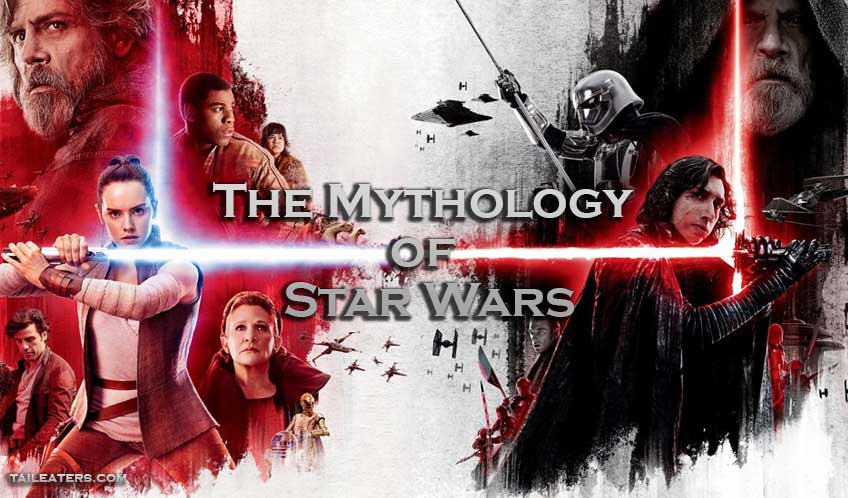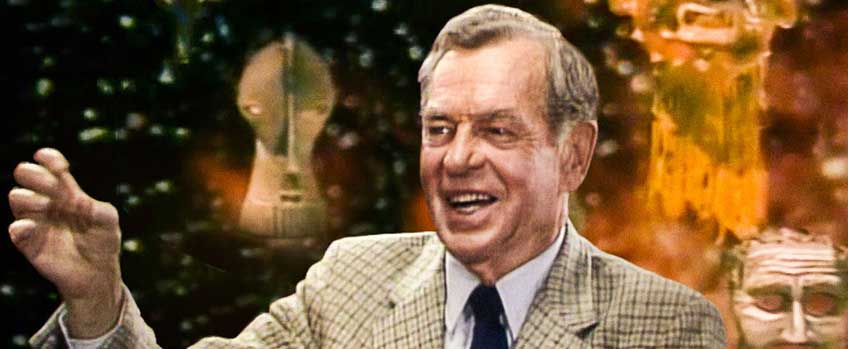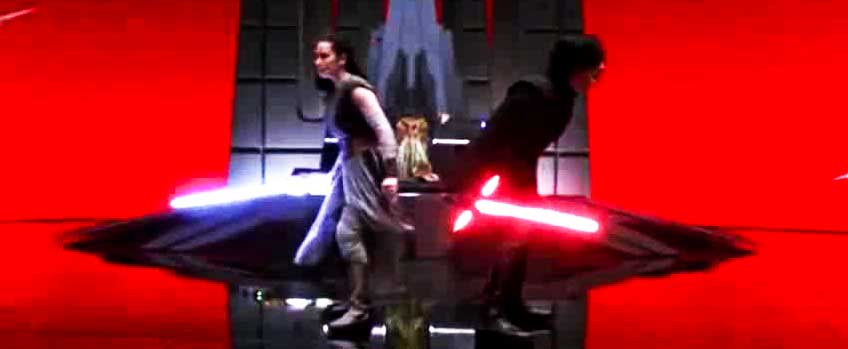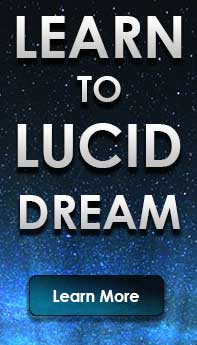
Star Wars Origins
The Mythology Behind The Last Jedi
Since its conception Star Wars has been an iconic and impactful story that has appealed to audiences around the world. The story that it tells and the heroes that developed throughout the films, books, and cartoons speak to the individual because of what they represent and the mythological framework that runs through all humanity.
The Mythology of Star Wars
In the mythological symbolism that makes up the star wars origins, each individual sees themselves as a reflection in the films. The hero overcoming oppression from his father, the caring and loving mother who promotes freedom and love throughout the universe, and even the desire to belong to a group but still have a sense of individualism and power. Though this may seem like an accidental occurrence where the viewer of Star Wars puts his or her own meaning into the story, this was the intention, either consciously or unconsciously, of the initial creator George Lucas and his genius creative team at Lucas Films.
Hero’s Journey
Though George Lucas did not meet Joseph Campbell until after he completed the first trilogy of Star Wars, he did attribute a large portion the star wars origins and of his success to the Hero’s Journey which Campbell promoted as a fundamental mythological story that influences personal transformation and growth across all cultures (Seastorm, 2015). George Lucas saw the Hero’s Journey as an essential element when it came to creating stories and used the framework as a way to tell his own personal story which resulted in what we know as Star Wars.

Since the conclusion of the first trilogy of Star Wars in 1983, we continue to see a story being retold over and over again which resembles The Hero’s Journey. The story is the same but the characters have changed: some have died, and some have taken on new meanings and motifs. This allows the next generation of Star Wars fans a way to relate to the characters as they evolve over time.
Mythological Confusion
Star Wars: The Last Jedi is the most recent new addition to the franchise which focuses on many of the same themes as its predecessors. New additional themes were also added into the story which seemed to be intended to keep the story relevant to current cultural times. These newest themes have extended past the original framework that George Lucas had initially intended. This created a difficulty in understanding the clear mythological underlying stories which were so essential to the star wars origins of the original series and could be why its audience approval ratings dropped considerably since its last installment, The Force Awakens (Staff, 2018).
Regardless of the confusion, there is still plenty of deep mythological elements to be found in The Last Jedi which takes us on our own Hero’s Journey as we involve ourselves with this hypnotic adventure through space.
The Male Pursuit
The story of The Last Jedi starts out as all Star Wars stories do, in space. The Rebel Alliance is being pursued as an evil darkness follows closely behind represented by the Empire. The Empire’s rigidity and monotheistical practices are expressed in their uniformity, their dark colors represented in both their wear and also their ship design.
The ships of the Empire are represented by triangles with sharp edges which are countered by the opposing forces ships which are made of up sooth lines. These two factions have a sense of feministic (Rebel Alliance) and masculine (Empire) aspects to them. In fact, if we look at the leadership of both, we see that the Rebel Alliance is always lead by women, whereas the Empire is led by men. The relationship between the male and female aspects in the story also could be the representation of the anima and animus described in Jungian psychology where the Anima is the spirit and vital force representing the inner feminine side of men. The Animus is the more rational soul and desire which drives the masculine side of women.
In the pursuit which is always constant throughout the Star Wars stories, the Empire chases after the Rebels which could be a representation of the chase that occurs in relationships between men and women. Men are constantly in pursuit of women with an aggressiveness that is both dominating and fueled by logic while the force of the women evades the male pursuit by emotionally driven creativity and hope. The Empire’s displays its male masculinity in its desire is to create uniformity and order throughout the universe, whereas the Rebels are trying to express creativity and freedom. These two opposing forces are an exact representation of the polytheistic and monotheistic aspects of life and thinking.
We are soon introduced to princes Leia, the mother, who represents the Rebel Alliances last hope to continue their pursuit of freedom. The story also introduces her opposition, Supreme Leader Snoke, or what is the representation of the shadow self. Snoke is presented as the leader of the Empire, but lies in the darkness in his dwelling and never comes out besides as a force that extends past his physical ability. Leia also expressed this same confinement to her command post and never leaves to make changes physically. Both seem to express their desires by having others represent their actions. Their inability to perform their own actions supports the idea that both Snoke and Leia are the representation of archetypes.
The Call to Adventure
The call to adventure is when the heroin mythological stories are called to take on the adventure that will lead them into radical change. Luke Skywalker just like in the first Star Wars film (A New Hope), is offered his lightsaber from Rey which is a sign for Luke to continue his adventure. Unlike the last time where he accepted his call, he denies it. This at first may indicate that Luke is denying his path, but it could also mean that Rey is our hero in this new story and that Luke has transformed into something different, possibly the Wise Old Man archetype which Yoga and Obi-Wan Kenobi played in previous Star Wars stories. It is also possible that Luke has more to do before he can continue and finish his journey that he was previously on and stopped for one reason or another.
Our Hero’s in Review
Rey, a woman, accepts the lightsaber. Rey represents the light side of the two opposites in this story again supporting the feministic dreamer and hope for creativity. Her opposition is in Kylo Ren who supports power and order and whose underlying motives seem to dominate all life throughout the universe. He is a representation of the drive for the rule over all consciousness by the male aspect.
Though both Kylo and Rey are opposites of the same inner struggles that happen in both men and women, both are on an adventure fighting for their place and learning about the errors of their way as they struggle with both good and evil and their attraction to both.

Near the start of the movie we can see Kylo struggle as he hides behind a mask, not having to show his true self to the darkness, that is until Snoke calls him out and tells him to take off his mask. Kylo taking off the mask shows his immaturity and, and he feels embarrassed about this which results in him destroying his mask in anger. The destruction of the mask represents his destruction of innocence and his willingness to accept great evil as his guide. Later Kylo struggles once again with his lighter side as he rejects killing his mother Leia. The Empire does it for him and you can sense a moment of relief for this character. Like Oedipus from Greek mythology, Kylo shows love for his own mother and it is symbolic that she is the last to die and not by his own hand. This death of Leia indicates a change in Kylo as he no longer has the attachment of his mother and can continue on his own journey which seems to be directed into darkness. Though in the story Leia doesn’t die, as the anima and animus are incapable of being destroyed.
As with all darkness which implies hate and greed, power is the central theme that runs behind all actions. Kylo’s drive for power continues in this story with him eventually killing his newest master, Snoke. As Snoke represents the shadow self, discussed in Jungian psychology which described the shadow as the unconscious aspect of the ego or the “dark side” of the individual. As Kylo never had the chance to merged with his shadow self which as Jung describes is instrumental in progressing further into the realization of the male and female aspects of the individual. Kylo’s destruction of his shadow through the destruction of Snoke denies himself the progression to becoming a whole person (Jung, 1959, p.55). Kylo’s journey most likely ended when he mistakenly fought his Wise Old Man, Luke Skywalker in a previous time which should not happen when someone is working to progress as a conscious person. Rey, on the other hand, progresses remarkably well on her journey. She adopts Luke Skywalker as her Wise Old Man which trains her in the ways of the force. Luke instructs her that life and death, good and bad, are all part of the force and to identify both. Luke also warns Rey to not be overtaken by the dark side. Rey eventually confronts Snoke and rejects the invitation by Snoke to be overtaken by the dark side. Rey’s ability to identify with her darker shadow self but overcome it is essential in her personal growth. Where Kylo failed, Rey succeeded.
Earlier Rey also takes a forced descent into Hades which is reflected in her physical fall into an underground tunnel filled with moss and darkness. In here she is confronted by the future and the past and faces her most troubling fears of who she is. She finds herself looking for her parents, only to find herself. Though she doesn’t seem to understand what this message means, she is faced with the fact that she fears most not knowing who she is. Just like the earlier Star Wars films, we see Rey experiencing what our previous hero Luke Skywalker had. He had to face his biggest fear, himself.
As Kylo became the new shadow, Rey also rejects him once again. This motif follows the theme presented to us in the first trilogy of Star Wars, where Luke Skywalker dismissed his father’s (Darth Vader) invention to overtake Luke and have him join him on the dark side. Darth Vader’s invention was oddly right after he also had killed his master, Darth Sidious which played the same role as the shadow in the earlier stories and contributing to the star wars origins.
Luke Skywalker also plays an essential role in this newest addition to the Star Wars story. Luke is a previous hero who progressed through his own Hero’s Journey and ended up ascending and completing his path. Just like all Hero’s Journey’s however, there is an unlimited number of journeys to be taken. The Last Jedi is a story about Luke continuing a journey that never ended.
We meet Luke as an old hermit that had shut himself off to the force. He lives an odd and secluded life and wants to be left alone. He isn’t the hero that we had expected. Because of him denying himself his next journey, he was ultimately stuck in progressing to his future self. This expressed itself in anger and suffering. Rey encourages Luke to continue his journey through teaching her and when Luke knows that he is needed the most he opens himself up to the force once again to face Kylo one of his old students. Luke does not destroy Kylo and Kylo can’t destroy Luke as Luke understands that the dark side is not a force that can be destroyed. The perfect harmony of the light and dark side is that both must exists. The light and dark side co-existing is the duality of life.
The Underdog
The end of the story is presented by the Rebel Alliance continuing as the underdog, being chased by the Empire which is trying to bring control to the known galaxy. Rey leads the light side into new territory as is an iconic hero while Kylo leads the dark side as the shadow. Luke passes on as a guide to lead Rey and Leia continues to be the guide to head on the female aspect of the Rebellion. With all the changes new Jedi both good and evil will emerge because of this struggle.
Missing the Mark
This addition to the Star Wars continuum misses the mark when it comes to following a clear and understandable mythos. We can see this through watching the many different characters continue their adventures and struggles but also the confusion of what role each character plays. This confusion seems to be why many individuals felt let down by this new addition, as the story overall did not speak on a deeper level needed for an impactful tale concerning the human psychology.
Additionally, current events and culturally relevant themes were introduced in this movie which indicated the opposition to war profiteering, the confusion of who is good and bad because of that, and slavery and animal mistreatment. This only produced some controversial opinions in my mind as to what place these themes had in a story that is primarily to encourage people to take on their journey into their spiritual progression without someone indicating what is good or bad along the way. These questionable themes seemed to be more of a personal opinion of the director or writer versus the universal themes that other Star Wars stories have focused on. It’s for that reason I am skeptical about this stories effectiveness of clearly drawing on the mythology required to clearly touch the innermost desires of the human experience.
The Factions of Anima and Animus
Though this episode of the Star Wars story may have missed its mark, the overall star wars origins and themes inside of the story still holds true to the original movies. The concept of the hero facing his or her own shadow, the oppositional forces that internally drive us towards good or evil, and understanding that both are essential in understanding how to be a whole and complete person. There is the overarching theme of two factions or views of reality which both hold their place in the universe. The monotheistic view of the Empire and the polytheistic view of the Rebellion. We as viewers are guided to root for the underdogs because in each of us we look at those who overcome oppression as virtuous, however, we still desire a high quality “bad guy” in order to make things challenging. As our heroes, who are Rey and Luke in this story, continue to explore their own journeys in life, the Empire and Rebellion continue fighting with or without them.
The evil Empire and the Rebellion also affect us on a more personal level because of our internal struggles with large opposing forces that rule our lives in the background. These forces representing themselves in the anima and animus. These opposing forces are what drives the dualities of our hero’s consciousness regardless if they are aware of it or not. These themes are apparent in each person’s personal struggle as we continue through life, and it is no wonder to me why Star Wars and its stories are so impactful to our society and continue to speak to new generations to experience the phenomenon. Hopefully, in the future, the Star Wars stories will go back to their basics. They need to focus on a clearer cut and easy to understand the hero’s journey where they will influence our desire to wonder and explore deeper into ourselves and the universe as they have done before. Regardless, other stories will follow the path paved by the original Star Wars trilogy and continue to tell the timeless story that is found in all mythology around the world.
References
Jungs, C. G. (1959). Aion: Researches into the phenomenology of the self. Place of publication not identified: Routledge.
Seastorm, L. (2015, October 22). Mythic Discovery: Revisiting the Meeting between George Lucas and Joseph Campbell. Retrieved from https://www.starwars.com/news/mythic-discovery-within-the-inner-reaches-of-outer-space-joseph-campbell-meets-george-lucas-part-i
Staff, C. B., 2018, T. B., 30 great scenes in Rotten movies, & Movies and shows to binge now. (n.d.). Star Wars: The Last Jedi. Retrieved from https://www.rottentomatoes.com/m/star_wars_the_last_jedi
Lee Adams is a Ph.D. candidate in Jungian Psychology and Archetypal Studies at Pacifica Graduate Institute and host of Cosmic Echo, a lucid dreaming podcast, and creator of taileaters.com, an online community of lucid dreamers and psychonauts. Lee has been actively researching, practicing, and teaching lucid dreaming for over twenty years.
Join the Discussion
Want to discuss more about this topic and much more? Join our discussion group online and start exploring your consciousness with others like yourself



Recent Comments